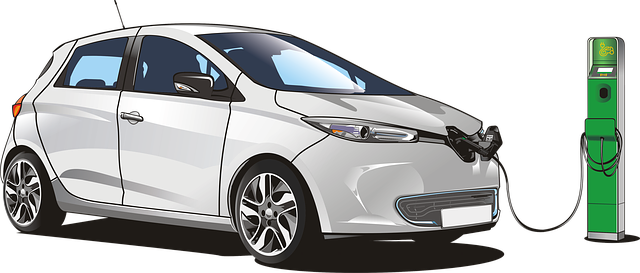The need for clean and sustainable transportation is on the rise, and electric vehicles (EVs) are at the forefront of this revolution. The future of electric vehicles will be defined by three major components: the cars themselves, the battery technology, and the charging infrastructure. While the first two are incredibly important, the third – the charging infrastructure – is critical in ensuring the success of electric vehicles. Without an adequate electric vehicle charging infrastructure, the potential benefits of electric vehicles will remain untapped.
The future of electric vehicle charging infrastructure is bright, as we are now seeing significant growth in the number of charging stations worldwide. According to the International Energy Agency, there are over 7.3 million electric cars on the road today, and this number is set to increase to 250 million by 2040. With the rapid growth of electric cars, there is an urgent need to build an efficient and sustainable charging infrastructure. In this article, we explore what this future looks like and what challenges need to be overcome.
One of the biggest challenges for electric vehicle charging infrastructure is the range anxiety for EV drivers. EV owners often worry about the availability and reliability of charging stations, and the time it takes to recharge their vehicles. However, new technology is being developed to address this issue. For example, fast-charging technology is becoming more common, which can charge a vehicle in just 30 minutes. Additionally, battery technology advancements are extending the range of electric vehicles, reducing the need for frequent charging.
Another challenge that must be addressed is the availability of charging stations. Most EV drivers charge their cars at home, but this is not always feasible for those living in apartments or areas without access to charging infrastructure. Urban areas need more charging stations, and governments should incentivize the construction of charging stations in public areas and workplaces.
To address these challenges, businesses and governments must collaborate to implement a sustainable and efficient charging infrastructure. Governments can provide incentives for businesses to build charging stations, such as tax credits and subsidies. Additionally, installing charging stations on highways and public areas will encourage more people to switch to electric vehicles.
Several leading automakers, including Tesla, are investing heavily in charging infrastructure to expand and improve the network of charging stations globally. Tesla’s Supercharger network is one of the most extensive in the world, and the company has reached agreements with many businesses and public bodies to install charging stations at their locations. Similarly, other automakers are partnering with charging network providers to expand charging infrastructure.
In conclusion, the future of electric vehicle charging infrastructure is bright, and it will play a critical role in the transition to clean and sustainable transportation. Governments, businesses, and automakers need to work together to build an efficient and sustainable charging infrastructure that is accessible to everyone. By addressing the challenges and investing in technology, we can ensure that the benefits of electric vehicles are fully realized.

